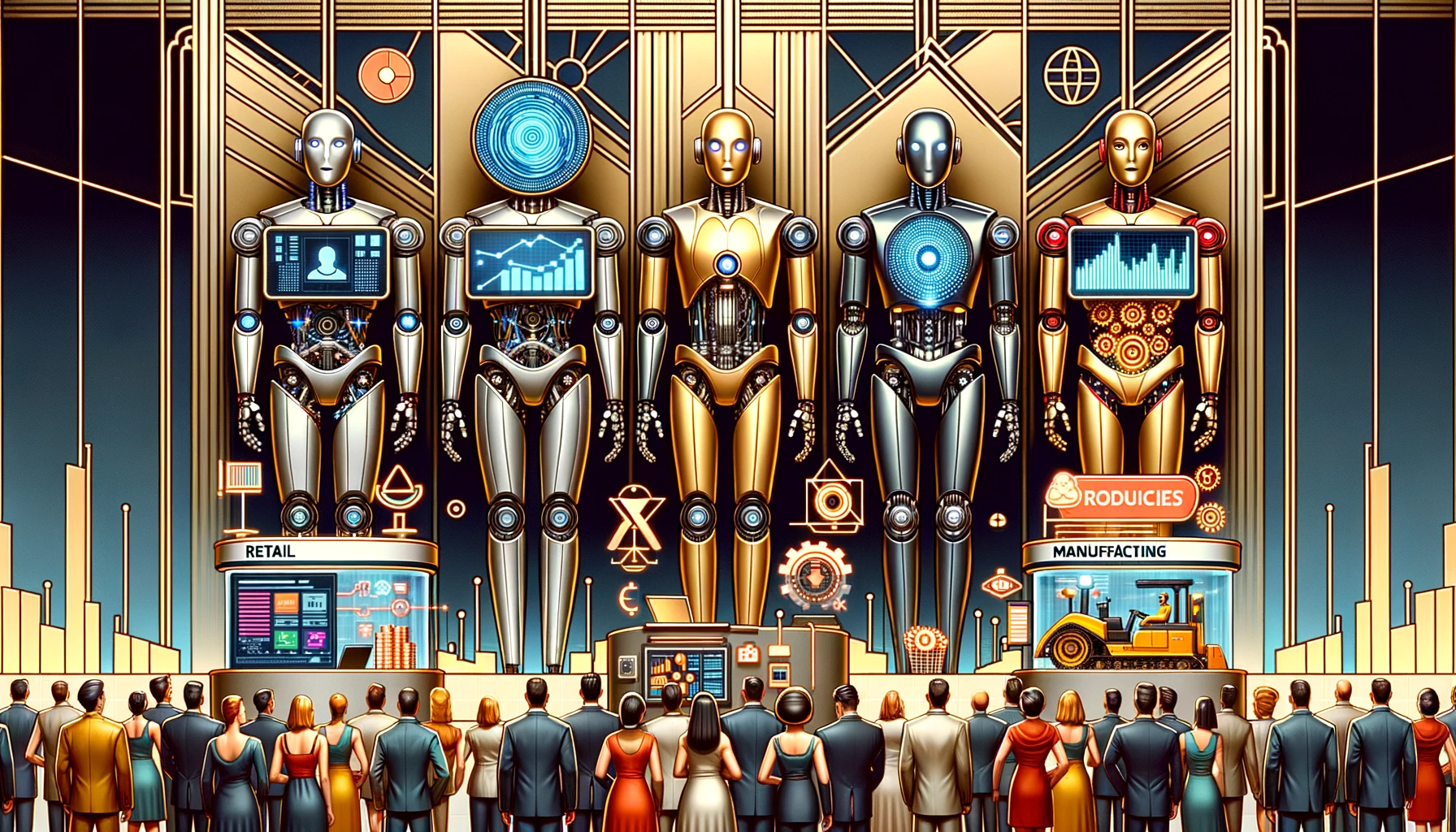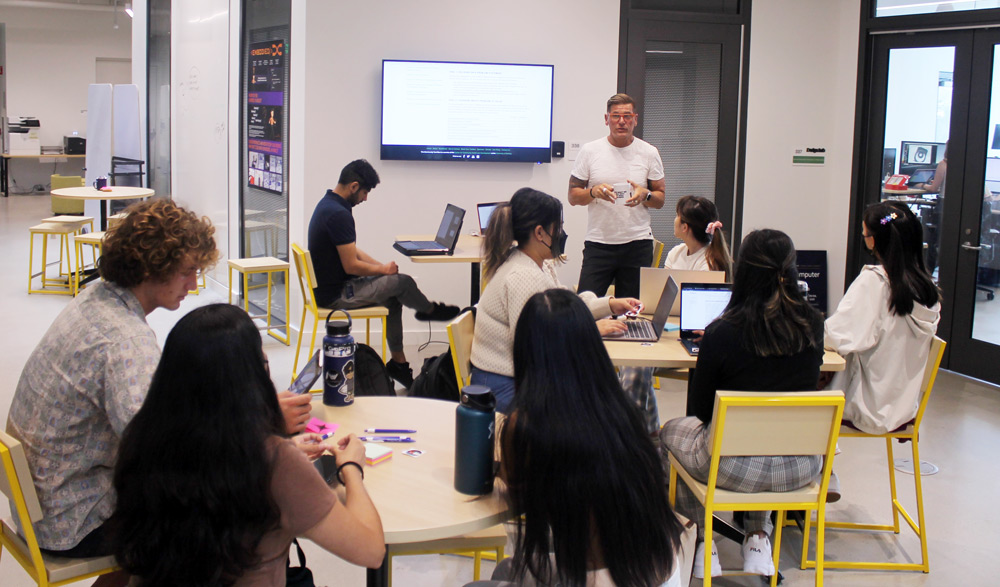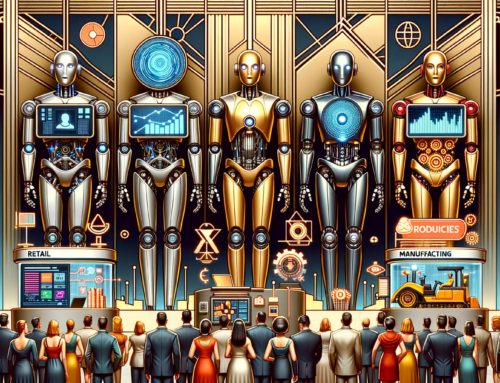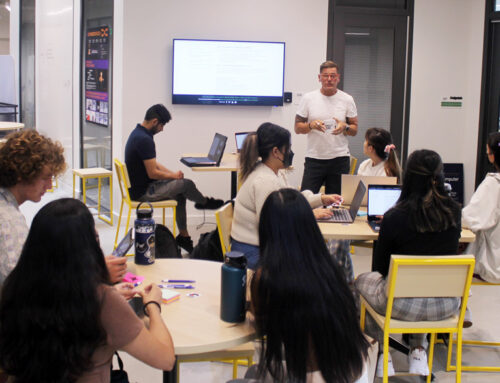Ideate: Generating New Ideas
The Idea Guy • January 19, 2019
About Ideate
The purpose of the Ideate stage is to generate a large sum of ideas before selecting a few ideas to continue forward. These are ideas that directly relate to solving the problem statement identified in the Define stage. During the beginning of the ideate stage, it is important that we use a divergent style of thinking to generate a quantity of ideas. We must then elaborate and build on these ideas, allowing them to inspire new ideas. Only when we feel that there is a sufficient amount of ideas to choose from, may we begin to use a convergent style of thinking to filter through unfeasible ideas.
Definition: Generating a large quantity of ideas based around potential solutions for the problem statement.
Definition: Generating a large quantity of ideas based around potential solutions for the problem statement.
Meaning of Color
During the Ideate stage, it is important that we use a divergent style of thinking. Thus, the color orange, which is a warm tone, resembles this energy perfectly. Orange is universally recognized as being a color that exudes positivity, friendliness and excitement. Furthermore, orange is all about taking a risk.
- “The color orange radiates warmth and happiness, combining the physical energy and stimulation of red with the cheerfulness of yellow.” Learn more here
- Orange relates to ‘gut reaction’ or our gut instincts, as opposed to the physical reaction of red or the mental reaction of yellow.” Learn more here.
- “It is energy combined with fun, the color of the risk-taker, the extrovert and the uninhibited.” Learn more here
Video: About Ideate
Theory: What is Ideate
Ideate is the mode of the design process in which you concentrate on idea generation. Mentally it represents a process of “going wide” in terms of concepts and outcomes. Ideation provides both the fuel and also the source material for building prototypes and getting innovative solutions into the hands of your users.
Why Ideate
You ideate in order to transition from identifying problems to creating solutions for your users. Ideation is your chance to combine the understanding you have of the problem space and people you are designing for with your imagination to generate solution concepts. Particularly early in a design project, ideation is about pushing for a widest possible range of ideas from which you can select, not simply finding a single, best solution. The determination of the best solution will be discovered later, through user testing and feedback. Various forms of ideation are leveraged to: – Step beyond obvious solutions and thus increase the innovation potential of your solution set – Harness the collective perspectives and strengths of your teams – Uncover unexpected areas of exploration – Create fluency (volume) and flexibility (variety) in your innovation options – Get obvious solutions out of your heads, and drive your team beyond them<
How to Ideate
You ideate by combining your conscious and unconscious mind, and rational thoughts with imagination. For example, in a brainstorm you leverage the synergy of the group to reach new ideas by building on others’ ideas. Adding constraints, surrounding yourself with inspiring related materials, and embracing misunderstanding all allow you to reach further than you could by simply thinking about a problem. Another ideation technique is building – that is, prototyping itself can be an ideation technique. In physically making something you come to points where decisions need to be made; this encourages new ideas to come forward. There are other ideation techniques such as bodystorming, mindmapping, and sketching. But one theme throughout all of them is deferring judgment – that is, separating the generation of ideas from the evaluation of ideas. In doing so, you give your imagination and creativity a voice, while placating your rational side in knowing that your will get to the examination of merits later.

An Example of Ideate
In this video, you will learn some more about the ideate stage. This particular organization titles this stage as a brainstorm, but this will still follow the Stanford dschool 5-step model, which is similar to ours.
Tools
Brainstorm & Mind Map | Brainstorming is a technique which involves generating a list of ideas in a creative, unstructured manner. The goal of brainstorming is to generate as many ideas as possible in a short period of time. The key tool in brainstorming is “piggybacking,” or using one idea to stimulate other ideas. During the brainstorming process, ALL ideas are recorded, and no idea is disregarded or criticized. After a long list of ideas is generated, one can go back and review the ideas to critique their value or merit. Mind Maps are very similar to brainstorms and are used to achieve the same result. However, mind maps are generally more visual, and use images to expand on an idea. Mind maps also revolve around a core theme that is placed in the middle, and ideas are expanded off of this theme. A brainstorm does not have to revolve around one theme.
Divergent & Convergent Sketching | Divergent and Convergent sketching mirrors the same principles as divergent and convergent thinking. Namely, divergent sketching focusses on generating a large sum of ideas. The key is not to concentrate on perfecting these ideas, but to use each idea as a building block to inspire more ideas. Divergent sketching can be visually represented in a variety of ways. It could be a doodle, a diagram, a flow, a shape etc. Divergent sketching can also be successful when it is done with a pen. Often, people are tempted to erase components of their sketches to make it look more visually appealing. However, we want you to celebrate any mistakes you have made! This shows your thought process and any progress that has been made. Convergent sketching on the other hand is slightly different to divergent sketching in this manner. Similarly to convergent thinking, convergent sketching focuses on narrowing down ideas. Using this tool, it is important to concentrate on the details in order to refine ideas. This is where we can begin to explore one or two ideas that we want to take forth into the next stages.
Collage | A collage, otherwise referred to as a moodboard, is a useful tool to generate ideas revolving around a theme. By collecting a variety of visual components (images, sketching, colors, objects) and collecting them in one space, we are able to visualize the bigger picture. This helps us to generate new ideas as well as refine existing ideas. We can source these visual components easily on the internet, or by cutting out images in magazines, or even taking our own photos.
Evaluation Axis | Unlike brainstorming and mind mapping, which both aim to expand ideas, the evaluation axis tool aims to narrow down ideas to a select few. By using this tool, we are aiming to identify our strongest ideas that we want to take forward into the following stages. This is where we are applying a more convergent style of thinking. To create an evaluation axis, we begin with a two axis graph. We then label the X and Y axises with contrasting criterias. For example, one effective evaluation axis labels the positive Y axis as “expensive” and the negative Y axis as low-cost”. Then, the positive X axis is labelled “radical” and the negative x axis is labelled “conservative”. Once labelled, you then plot your ideas on the graph where you think that they belong. Some ideas may be in the “radical x expensive” section whereas others could be in the “radical x low-cost” section. In this particular instance, you would want to continue with the ideas that are in the “radical x low-cost” section. You can keep changing the labels of the evaluation axis until you have filtered out all of the infeasible ideas. In essence, this particular tool helps us to eliminate ideas that are not practical.
